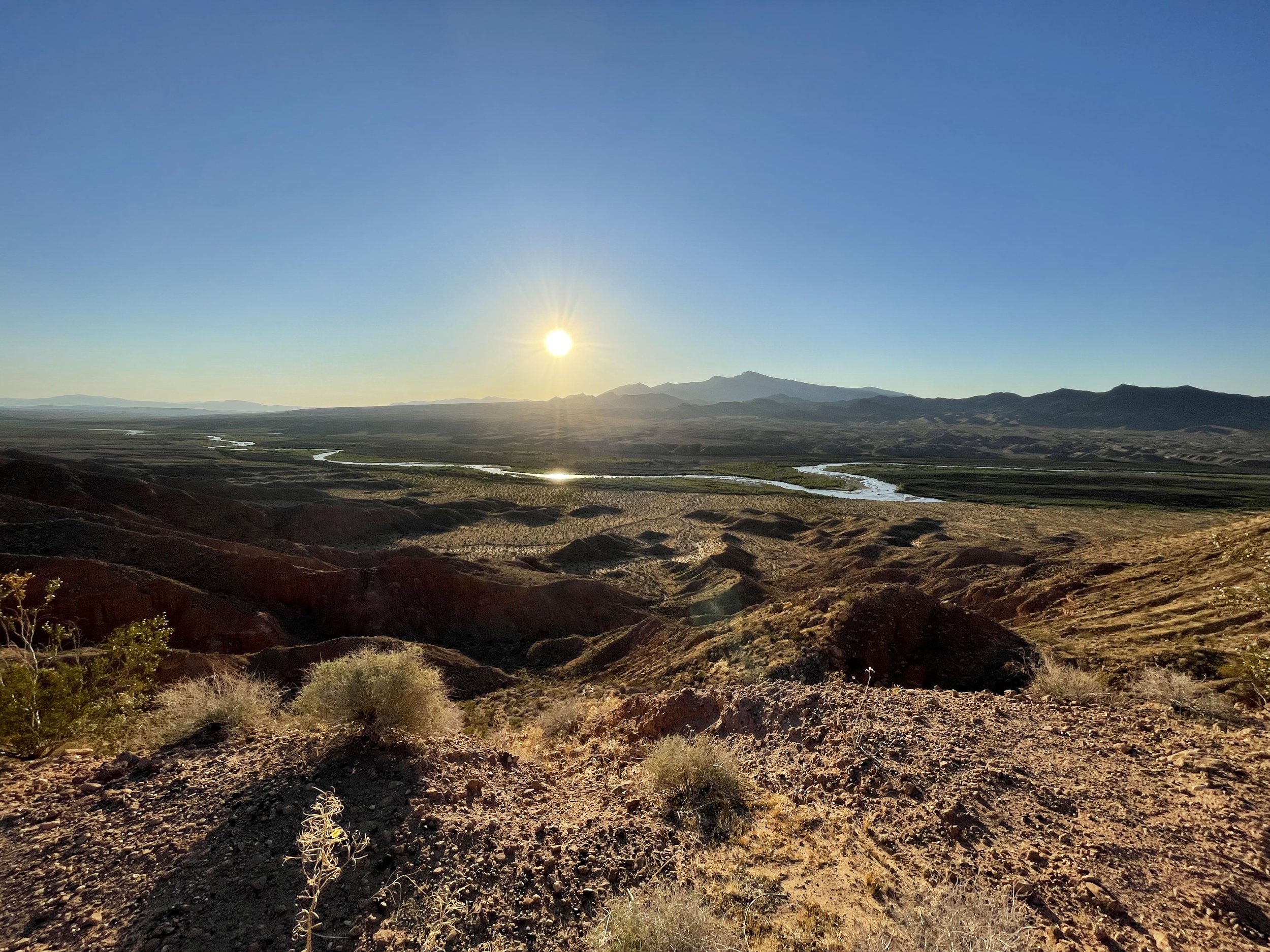
Land Art
What is Land Art?
Land art is made directly in the landscape by sculpting the land itself or by making structures in the landscape with natural materials. - Utah Museum of Fine Arts
I've expanded the definition to include works of art that explicitly interact with the landscape, relate to nature, and / or reject the traditional art system and their status as traded commodities.
What will my blog be about?
In our travels to view some of these works, we found a lack of information available on them. I thought I would share our experiences here. Each post will generally feature some background, pictures, travel advice, and our personal experience. Part travel guide, part blog, part information repository.
Also, I should be clear, I have no education or training at all in the arts. My opinions mean nothing other than conveying my own experiences.
The Map
Index
By Artist
Antony Gormley
Bob Gramsma
Harvey Fite
Marinus Boezem
Maya Lin
Michael Heizer
Moniek Toebosch
Nancy Holt
Richard Serra
Robert Morris
Robert Smithson
Ugo Rondinone
Walter De Maria
The Broken Kilometer
The New York Earth Room
Everything was shot on an iPhone 13 mini. Maybe someday I’ll invest in some nicer equipment, but I prefer just going with what’s in my pocket and motivating others to go visit these locations in person.

















